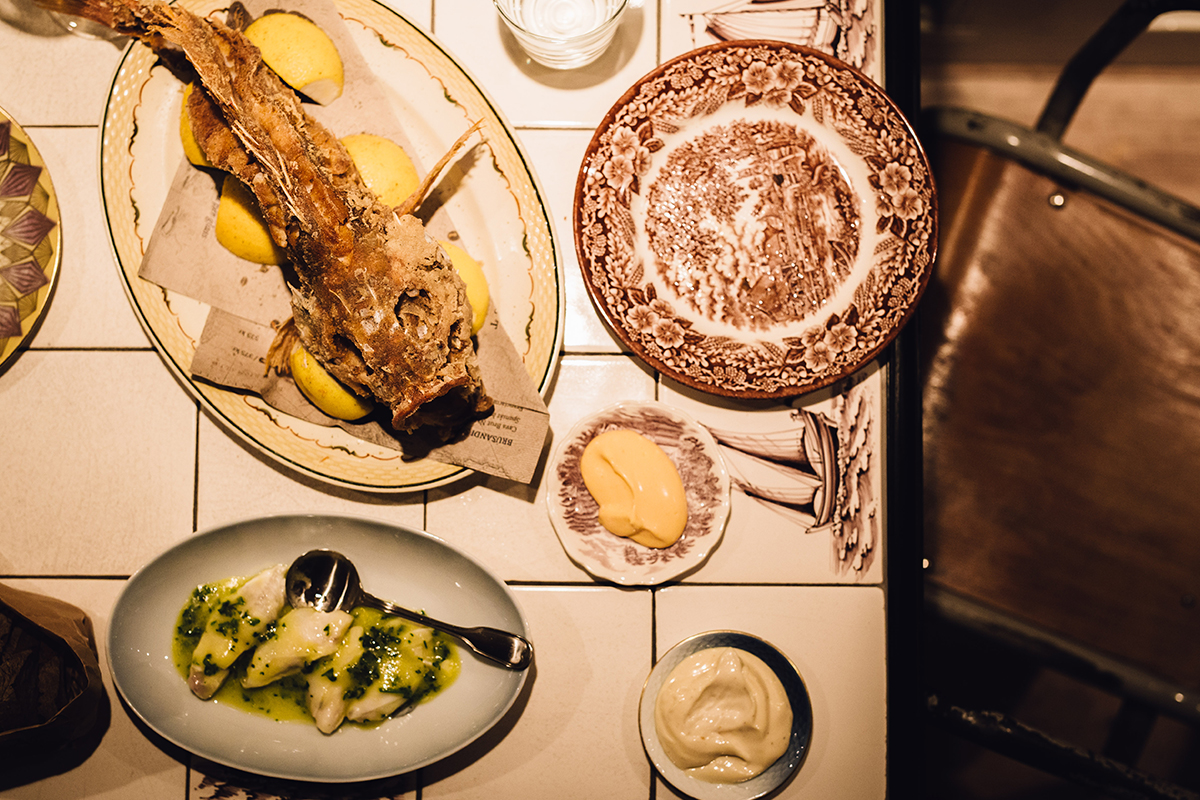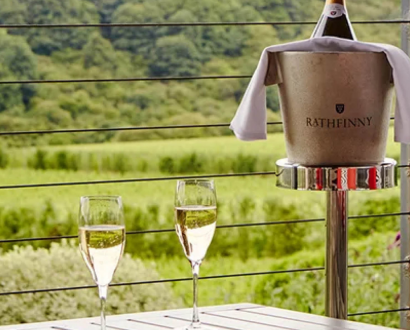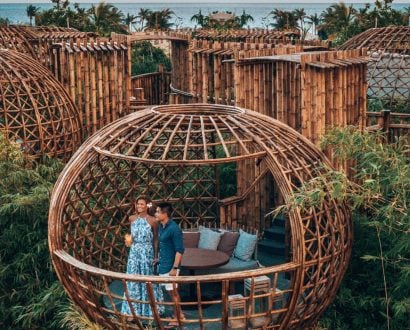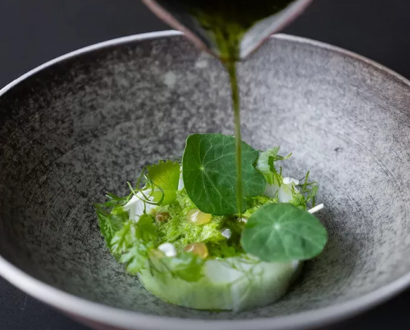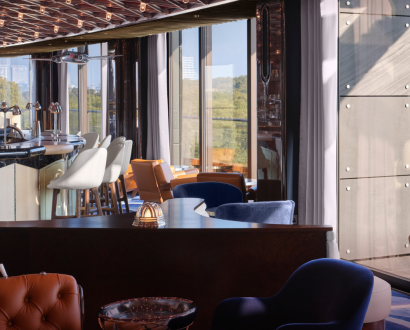This is KOKS. A traditional fermenting shed – a hjallur – is now a lakeside ‘tasting hut’ on the Faroese island of Streymoy, where one of the most gastronomic experiences of my life begins with a glass of gooseberry juice and some potato-like chips made from dried cod skin. Next a beaten-up but still ferociously functioning 4WD jeep, purchased from a safari company in East Africa, arrives and takes me along a heavily rutted trail to an 18th century turf-roofed farmhouse.
A line of chefs greet me, an intimidating sight on any other day, yet tonight I see a familiar face: 29-year-old Swedish sous chef Mattias Hemhagen. I met Mattias the previous night at a bar in Tórshavn, the capital of the Faroe Islands; a Nordic archipelago marooned in the North Atlantic, the land masses poke up like giant skerries from an undersea ridge halfway between Norway and Iceland. “You’ll love the experience at KOKS,” Mattias told me. “Four hours, 16 courses – maybe 20 – just as nature determines. Which is how it should be.”
Nature, indeed, determines everything here. It can rain or snows more than 200 days a year. It’s so windswept, you’ll hardly see a tree because they’re bowled over before they even take root, which means there’s no wood, so smoking fish isn’t really done here. Instead, catches are hung under the eaves of houses where the wind can dry them.
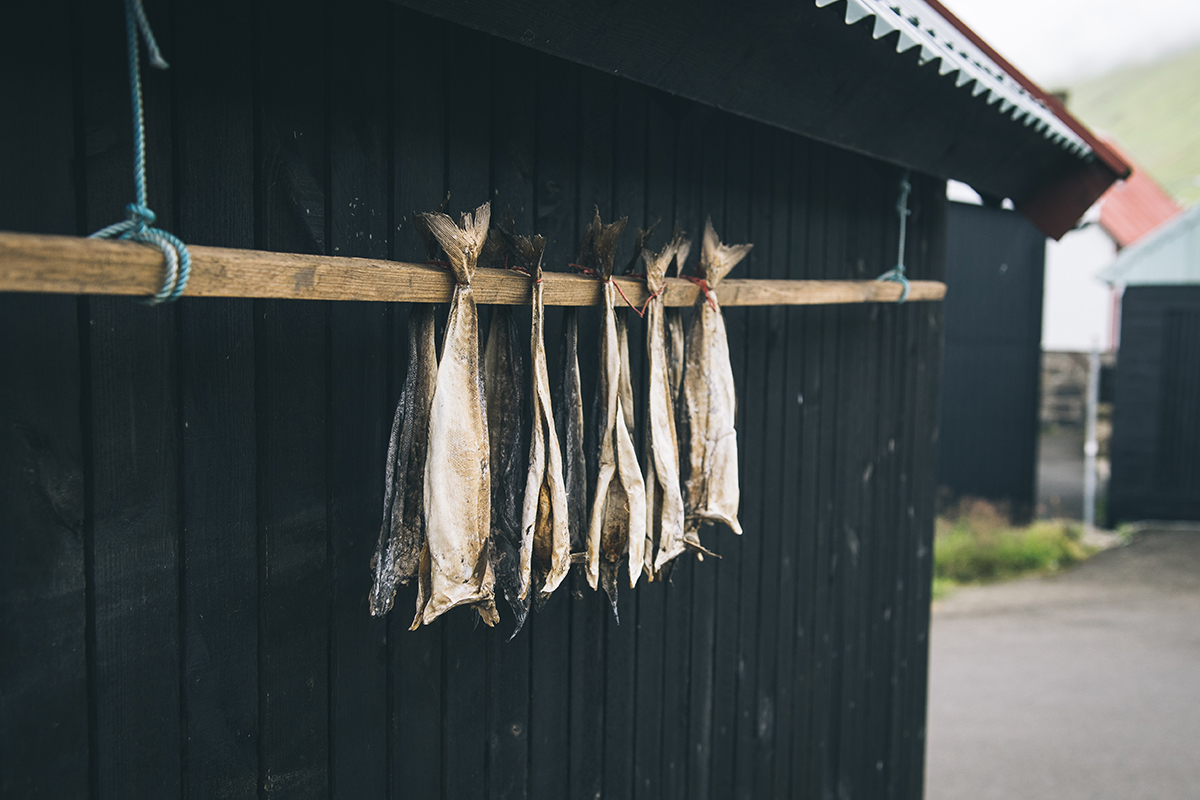
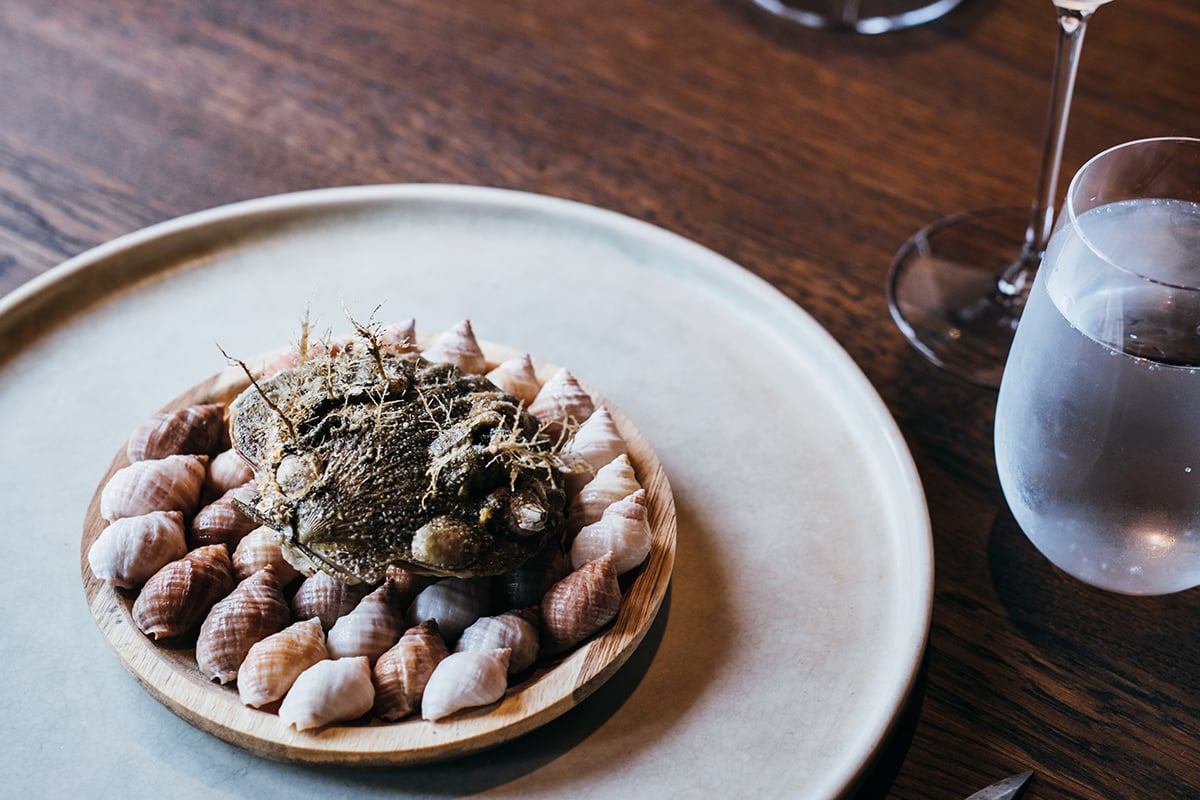
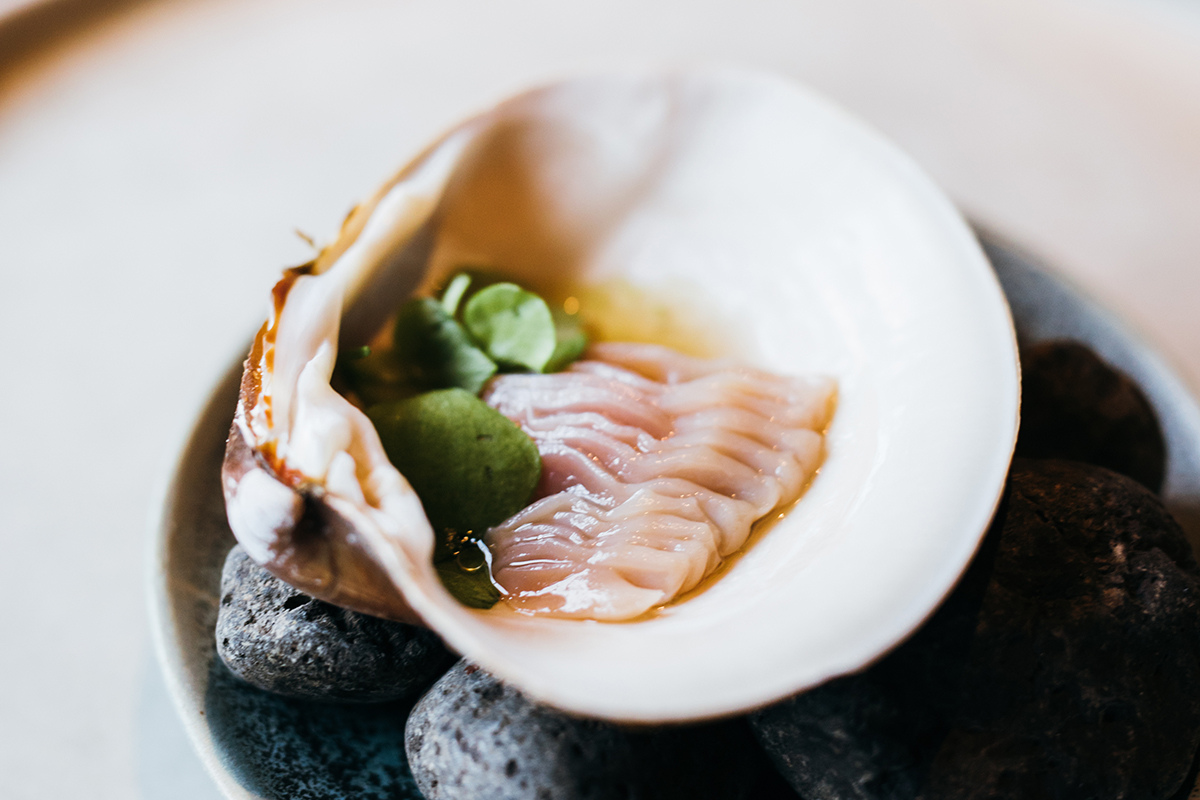
The ocean is the Faroes’ pantry; its 18 islands paralleling each other, running northwest to southeast like a line of sieves that funnel Atlantic currents twice every day, mixing warm waters from the southern Gulf Stream with cold Greenlandic currents from the north to create a nutrient-rich broth that feeds in excess of 300 species of fish.
KOKS is a two-starred Michelin restaurant, and you might think the Faroes an unlikely place for such things. But try telling the chefs at KOKS that. They’ve always known what their larder is capable of providing. They had confidence in their air-dried lamb, shellfish and seaweed, and knew the awarding of those coveted stars was only a matter of time.
KOKS is a Faroese word for ‘someone who fusses in the pursuit of perfection’.
Local fishermen can have freshly caught seafood here in an hour. Today it is mahogany clams with their gloriously ‘wood-grained’ shells in a yummy kelp broth. The clams can live up to 500 years; the oldest things in Faroese waters. My scallop is so fresh, barnacles are still moving about in its shell. Courses are small – sometimes just a bite – but brought out in rapid succession, the service beyond reproach. There is a langoustine liver, a sea urchin with picked parsley stems, and a lamb/mushroom/lingonberry paste rolled into a kind of Faroese ‘sushi roll’. A turnip grown near the base of a very particular waterfall cleanses the palate prior to the serving of the pilot whale heart.
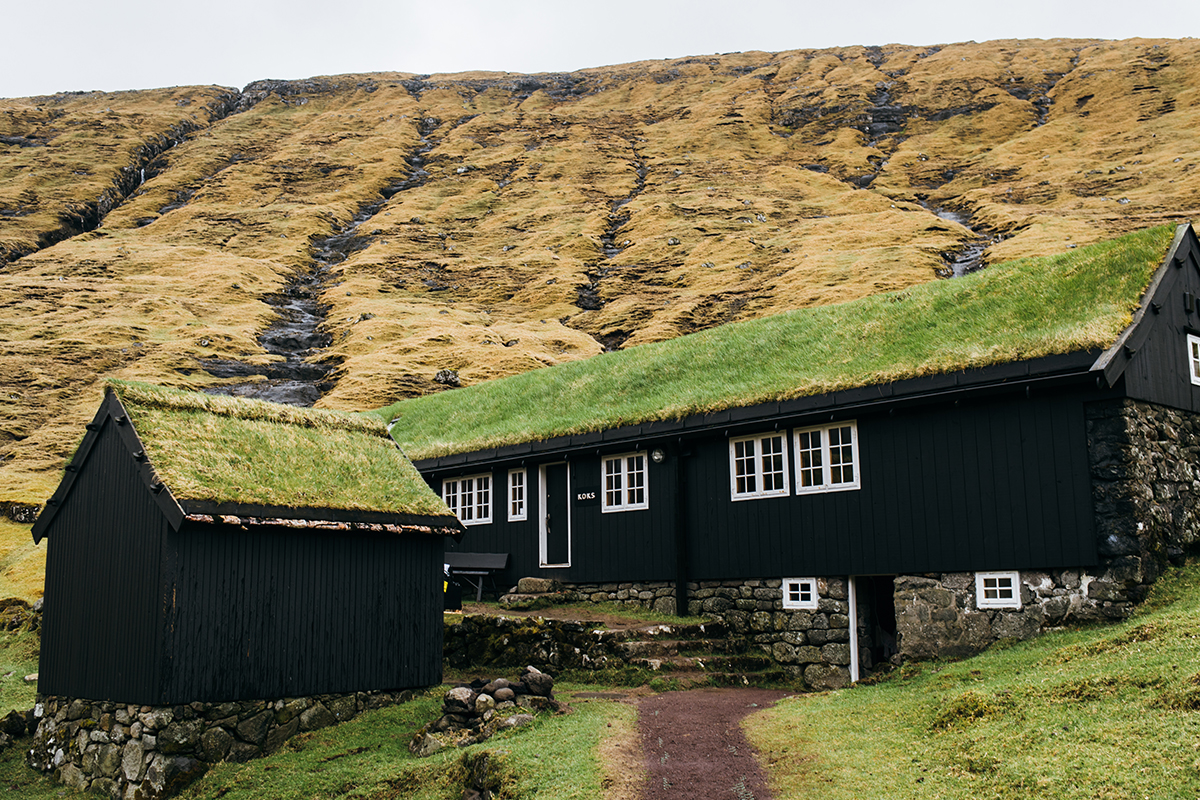
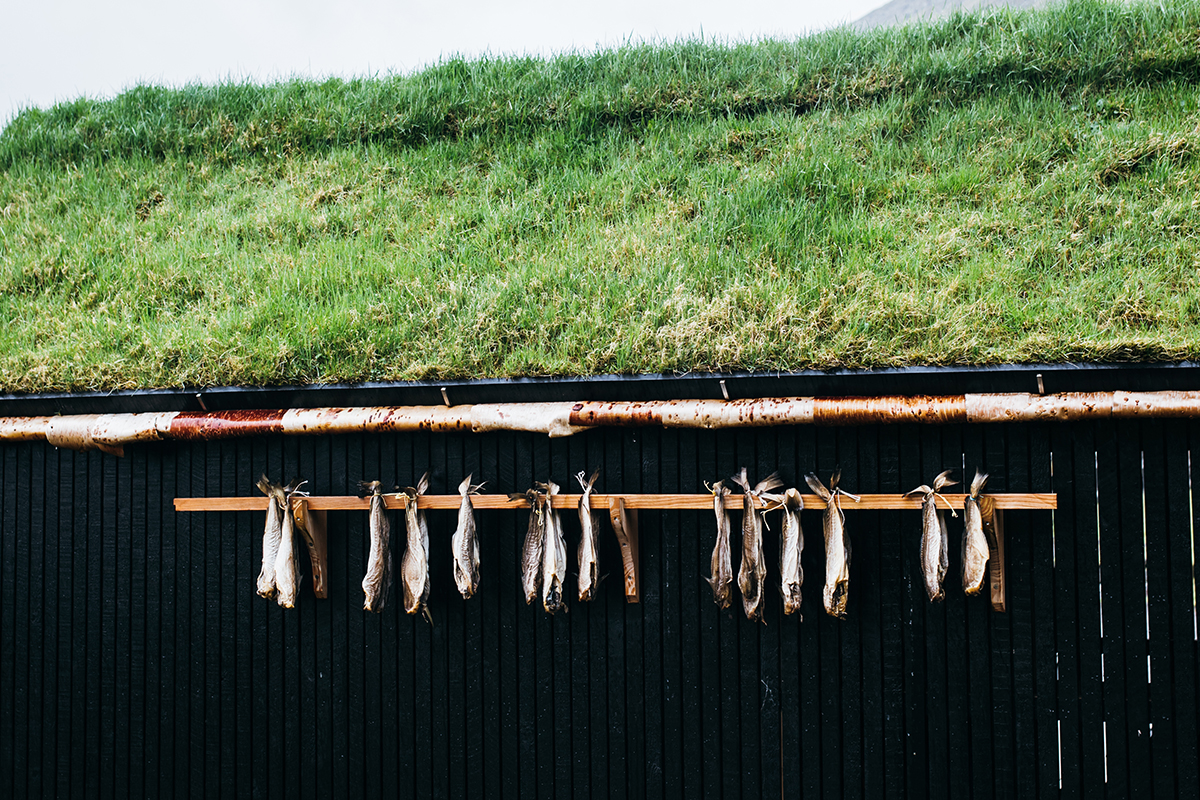
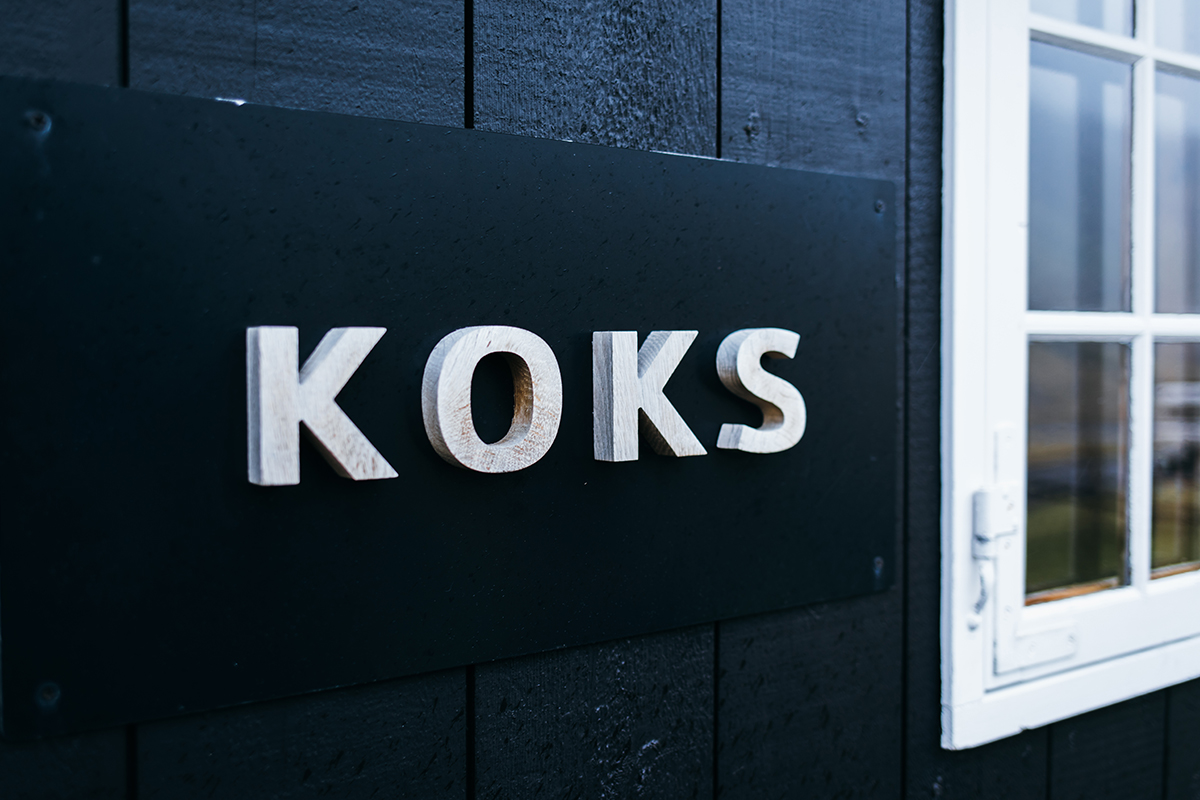
The food choices are surprising in a way, given the prevalence of local customs. The Faroese, for instance, have a longstanding aversion to mussels and clams because they’re used as bait for catching cod – and why eat something that is small if it can be used to catch something that is really big? Even shellfish used to be considered a pauper’s food. In the creation of its extraordinary, ever-changing menu, KOKS has had to rail against the very traditions that gave it life.
Yet it perfectly mirrors its environment. If you took the broadest of Scottish glens and a sampling of Norwegian fjords and pressed them together, you’d have the Faroes. If you took the bounty beneath its waves and in its fields, and merged it with 21st century haute cuisine, you’d have the meal I enjoyed that night.
50 Degrees North can customise a Faroe Islands adventure that includes a KOKS dining experience. Email [email protected]

